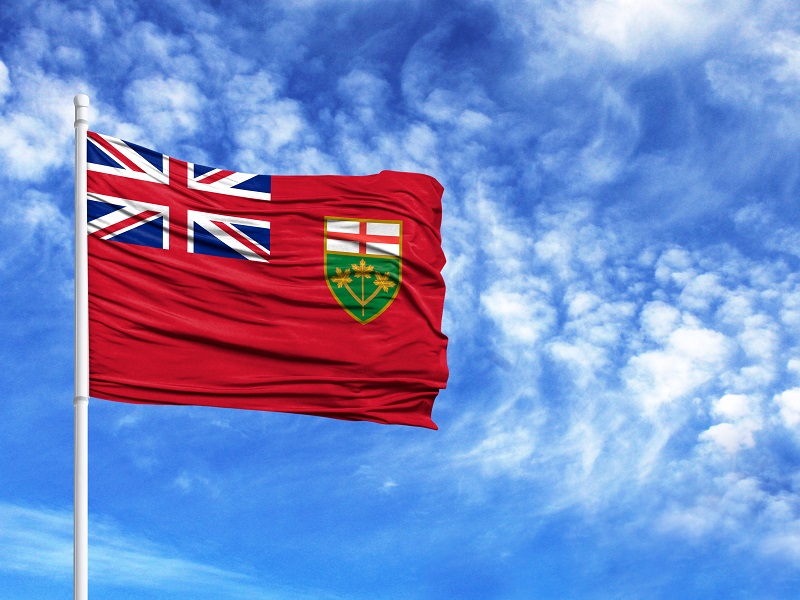

The Ontario government should include surpluses from two of its jointly sponsored pension plans in its financial statements, an expert advisory panel recommended on Monday.
“Simply because you and your friend own this property together, are you going to leave your share of that rental property off your net worth statement as an asset? I doubt it, if it’s something of value and you have a share of it,” said Tricia O’Malley, chair of the panel, in an analogy to describe the pension issue during a briefing at Queen’s Park on Monday.
In October 2016, auditor general Bonnie Lysyk calculated Ontario’s deficit for 2015-16 should be $5 billion, not $3.5 billion as the province stated, because it shouldn’t include the surplus from the Ontario Teachers’ Pension Plan and the Ontario Public Sector Employees Union Pension Plan. The government previously included the pension assets in its financial statements, even though it didn’t have control or unilateral access to them, Lysyk has noted.
The panel noted the government can’t remove the surpluses from the plans. The terms of the OPSEU plan specifically prohibit it, and even doing so with the Ontario Teachers’ plan would require agreement with plan members or approval of the Ontario Teachers’ Federation, as well as the Financial Services Commission of Ontario. Simply reducing the contributions, on the other hand, would only require agreement from both sponsors. And lower contribution rates mean a future economic benefit for Ontario.
Read: Ontario pension accounting dispute shows difference of $1.5B in province’s deficit
“The fact that [Ontario] can’t take money out of the plan to use for other purposes, to us, is not relevant . . ..” said O’Malley. “If you don’t have to put in as much money by reducing contributions, you thereby have additional funds you didn’t have to spend on the pension that you can spending on something else.”
To calculate how much of the surplus the government can include in its financial statements, the panel asked whether there is “enough of those future offsets in contributions that could eat up the surplus,'” said Uros Karadzic, a partner at Ernst & Young and a member of the panel, during the briefing.
“The costs to the plan are benefits that will be earned by employees in the future and expenses that are paid under the plan. There’s more, in these particular instances, for OPSEU and for Teachers’, there’s enough of that future accrual to use up all of those assets, so from that perspective, there isn’t an issue of whether there will be enough there to use up the surplus. The answer is yes.”
Read: Ontario forms expert panel to report on pension accounting conflict
He also noted neither plan requires the government to continue to contribute when there’s a surplus. “There are some plans that are like that, that are required by legislation or by the rules of the plan to continue contributions even if there are surplus assets in the plan, but that’s not the case here. . . . All of the surplus now can be recognized. There’s more than enough to use it up and there’s no reason to write any portion of it down,” said Karadzic.
The government doesn’t need to know the exact amount or timing of the reduced contributions, Karadzic added. “The public sector accounting standards are clear that the benefits from the surplus need only be expected,” the report noted.
The panel will soon look into whether the government should list surpluses from the Healthcare of Ontario Pension Plan and the Colleges of Applied Arts and Technology Pension Plan. As multi-employer plans, they present a different set of circumstances than Ontario Teachers’ and the OPSEU plans do.
Read: Auditor general reports highlight pension accounting policies
What do you think? Who’s right in the disagreement between the Ontario government and the province’s auditor general over the accounting treatment of jointly sponsored public sector pension plans? Don’t forget to have your say in our weekly online poll.
Last week’s poll looked at whether a recent human rights decision that ordered a benefits plan to cover a member’s medical marijuana heralds a similar change for other benefits plans in Canada. More than half (55 per cent) of respondents said the issue is likely to gather steam and affect other plans; 11 per cent said the ruling was specific to the benefits plan in question; and 34 per cent said there would likely be contradictory decisions on the matter as the conversation continues to evolve.
Read: Benefits plan must cover medical pot, human rights commission rules
